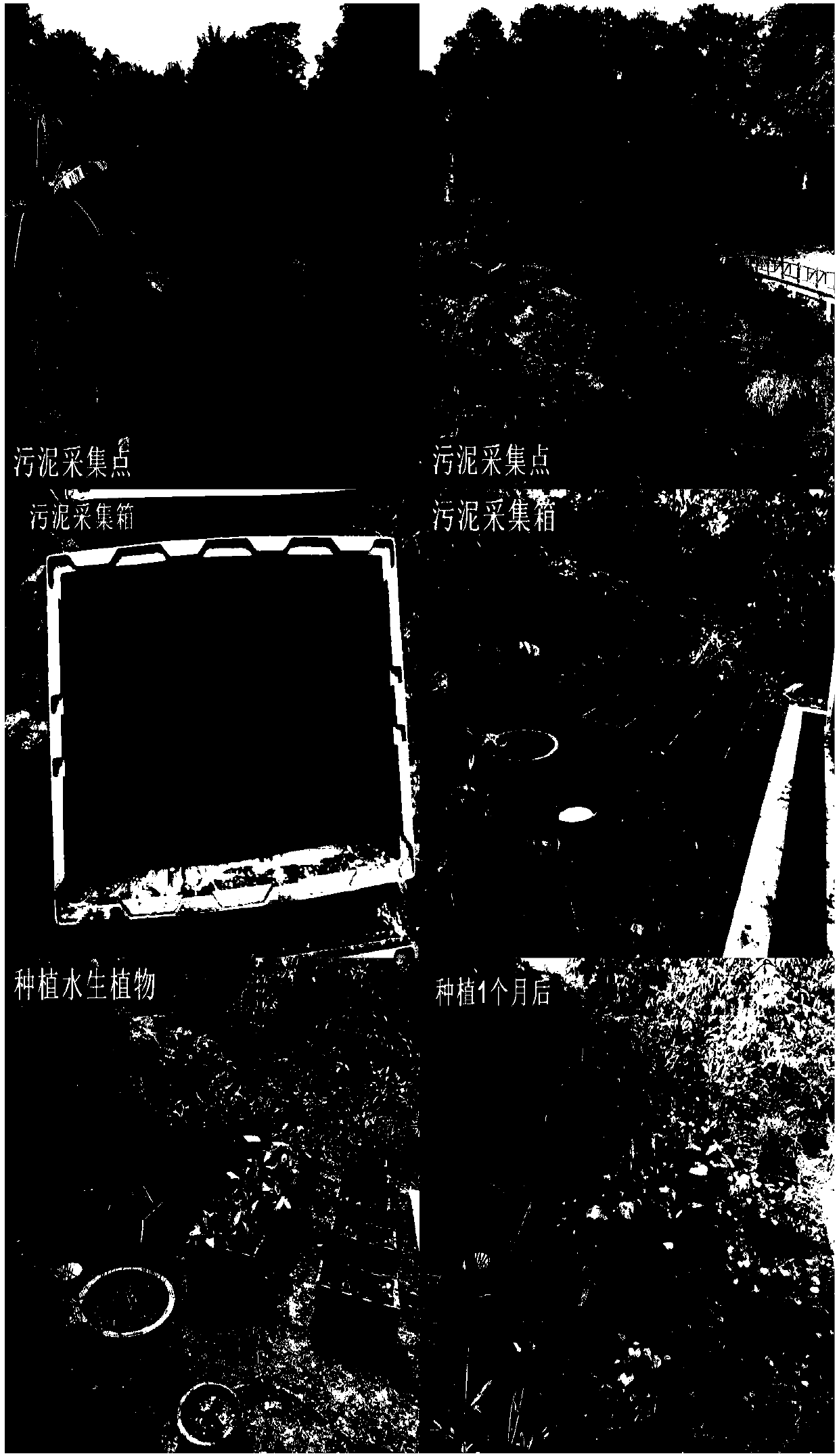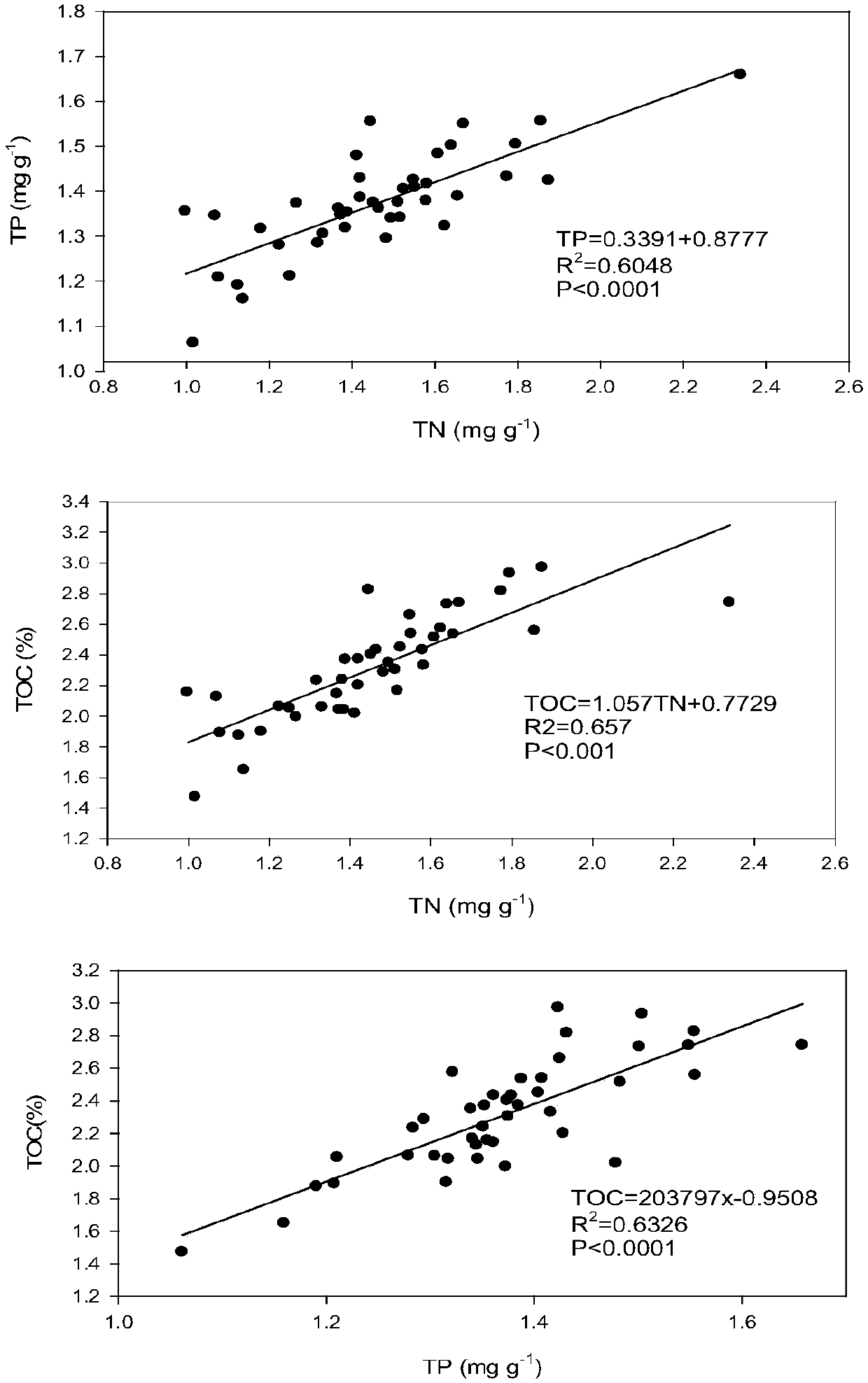Plant decontamination method for nitrogen and phosphorus in sludge
A technology for plant purification and sludge, applied in chemical instruments and methods, water pollutants, biological sludge treatment, etc., to achieve good purification effect, strong adaptability, and good decontamination effect
- Summary
- Abstract
- Description
- Claims
- Application Information
AI Technical Summary
Problems solved by technology
Method used
Image
Examples
Embodiment 1
[0029] A kind of embodiment of the plant purification method of nitrogen and phosphorus in the sludge of the present invention, this embodiment takes wetland plants as the main research object, utilizes the artificial planting plastic box, collects the more seriously polluted sedimentary sediment of Guangzhou River, Store in artificially planted plastic boxes, plant the test plants in it, inject water regularly to simulate the water environment for plant growth, and dynamically monitor the growth of wetland plants, photosynthetic physiological and ecological characteristics, and sediment components. Through the experimental research on wetland plants , to reveal the physiological and ecological characteristics of plants and their purification effects on sludge, and to screen out excellent wetland plants, which will provide experimental basis for the optimal design of constructed wetland sewage and sludge treatment systems, plant configuration, and improvement of decontamination ...
Embodiment 2
[0085] In this example, the purifying effects of the single planting of Zailihua, Pacellaria macrophyllum, and water poppy and their combined configurations were studied and analyzed.
[0086] (1) Collect the more seriously polluted river sediment sediment and put it in a container with a closed bottom. The height of the sludge is about two-thirds of the height of the container.
[0087] (2) The following plants were planted on the mud-filled container: Zailihua, Pavelia macrophylla, Water Poppy, and a 1:1:1 mix of the three plants.
[0088] (3) Three kinds of plants, Zailihua, Pavelia macrophylla, and Poppy, are planted individually with a row spacing of 20cm×20cm, and three kinds of mixed plants are planted at a ratio of 1:1:1, and the row spacing between plants is also 20cm×20cm.
[0089] (4) Manage according to normal field management methods to maintain the normal growth of plants, and at the same time, regularly inject tap water to keep the water level of the container 2...
PUM
 Login to View More
Login to View More Abstract
Description
Claims
Application Information
 Login to View More
Login to View More - R&D
- Intellectual Property
- Life Sciences
- Materials
- Tech Scout
- Unparalleled Data Quality
- Higher Quality Content
- 60% Fewer Hallucinations
Browse by: Latest US Patents, China's latest patents, Technical Efficacy Thesaurus, Application Domain, Technology Topic, Popular Technical Reports.
© 2025 PatSnap. All rights reserved.Legal|Privacy policy|Modern Slavery Act Transparency Statement|Sitemap|About US| Contact US: help@patsnap.com



